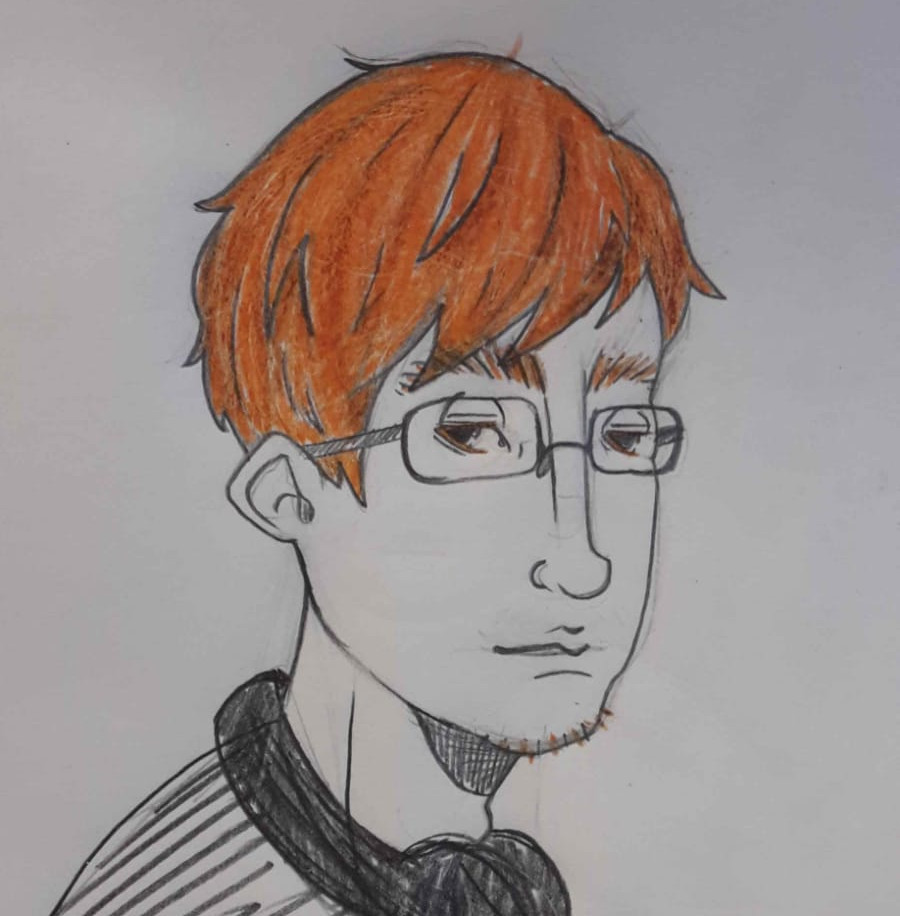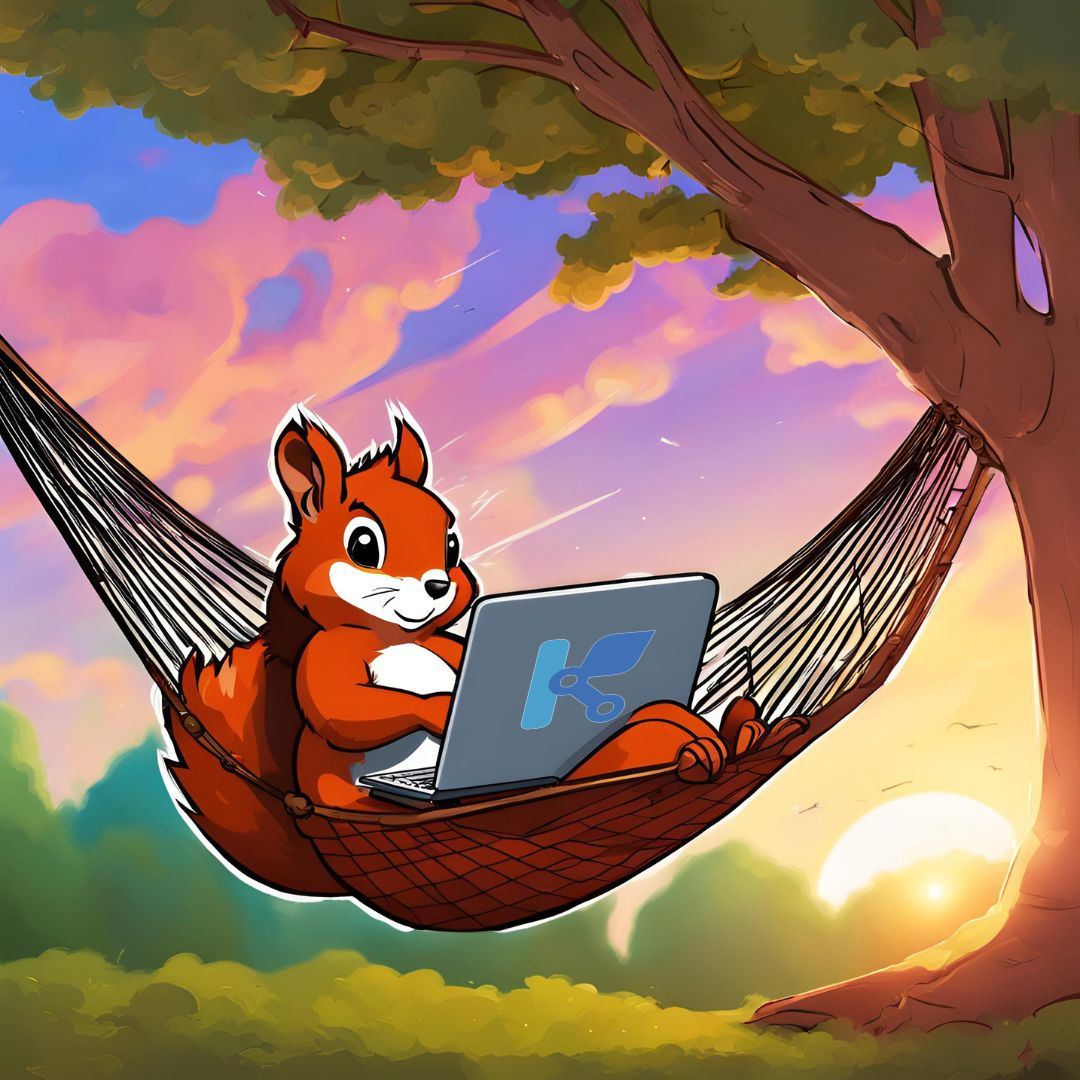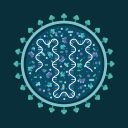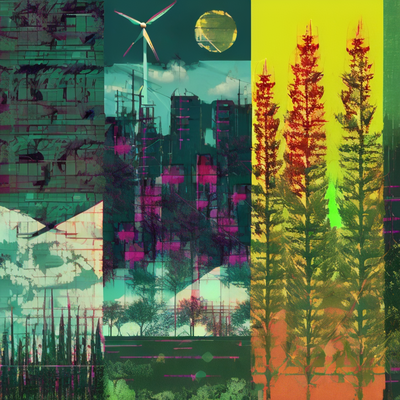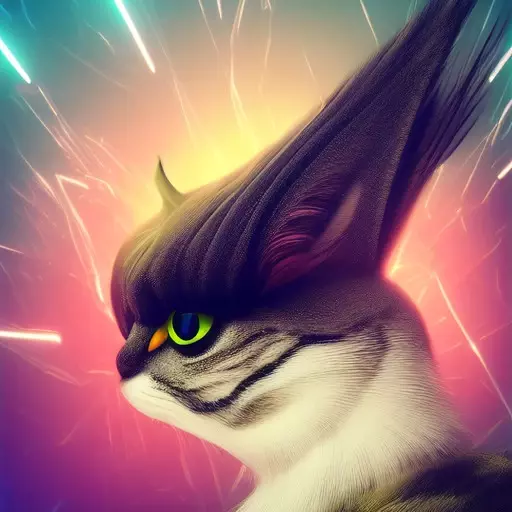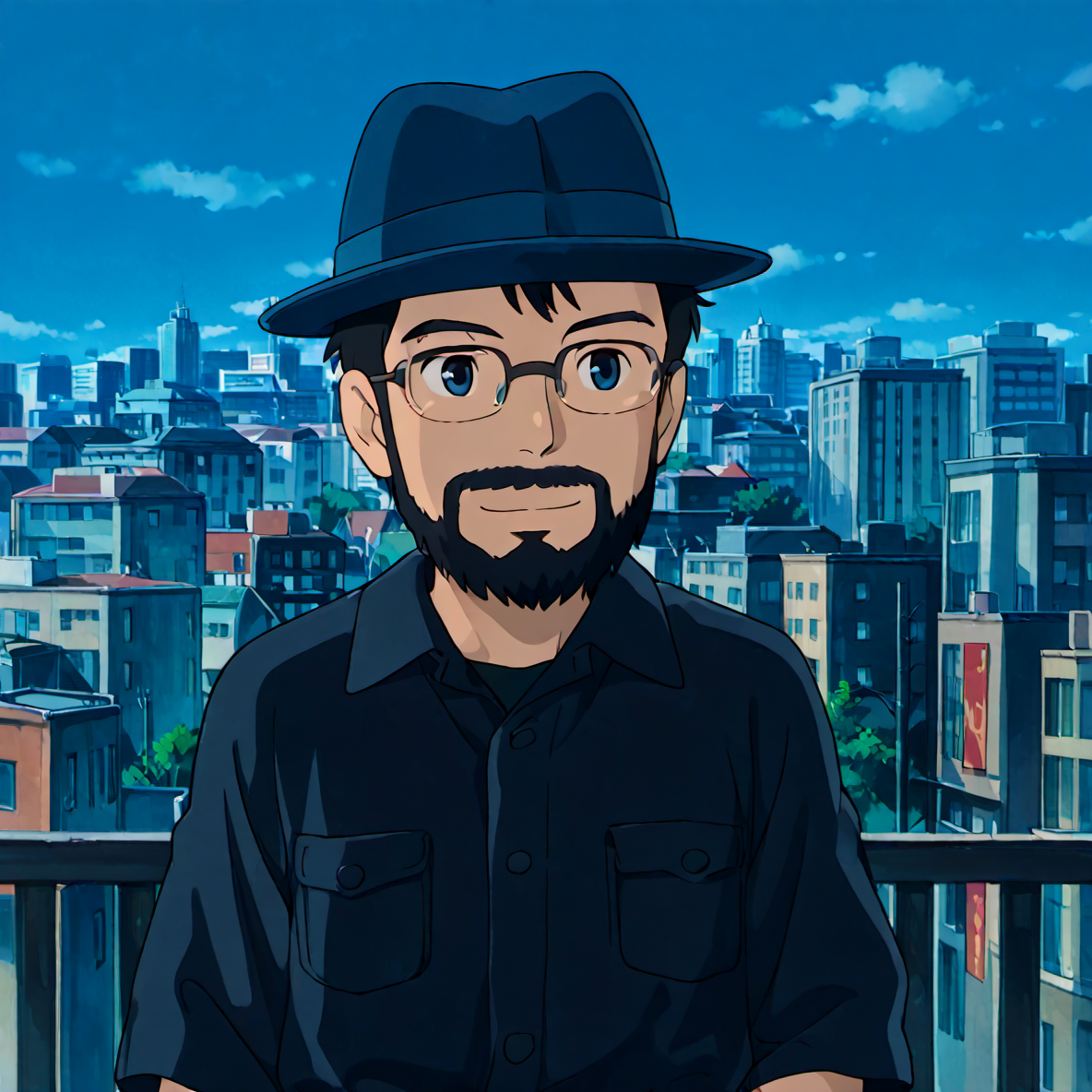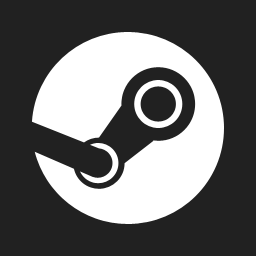I am running Fedora 39 right now and the last time I did a distro upgrade my graphics drivers were a huge PITA. Did your upgrade to 40 went smooth?
Plasma 5 to 6 with a long used setup went perfectly.
Fedora Atomic Plasma Workstation? I am in!
Can you tell us which GPU and driver versions?
I’ve been alright here so far with fedora workstation and silverblue, on both NV21 and Cezanne (amdgpu+mesa, no amdgpu-pro or amdvlk)
nvidia RTX 2070 super. But that was from 38 to 39. I am not on 40 yet
I use fedora on my thinkbook with Gnome/PaperWM and my upgrade experience was ezpz.
No issues jumping straight from 37 server edition to 40.
I upgraded from 39 to 40 and I think the only issues I had were:
- Background I was using got removed, got a better one anyway
- A few gnome extensions stopped working and I had to update them or find an alternative
- Had to re-create virtual disk mapped to real disk for booting windows installation in virtual box (there is a sonicwall VPN I have to use for work which only works on Windows)
I think that was it!
I have had some strange behaviour from Firefox saying it’s become unresponsive a few times and at the same time Thunderbird but that seems to have fixed itself now
- Background I was using got removed, got a better one anyway
I had that happen a few times. This time I downloaded those backgrounds again (from gnome-backgrounds repository). Still, it’s pretty annoying to have this happen.
I upgraded just before the beta. Discovered a mutter crash, reported it, it was fixed in a day or so.
deleted by creator
Does Fedora atomic use a rolling release model?
No they just package the exact same versions, but differently. It uses rpm-ostree which is like Git but for operating systems (binaries).
A quick tour through Atomic Fedora
It relies on a main image, which could just be used like that. This is a minimal Fedora install, containing everything thats needed and nothing more.
You would then install apps via Flatpak, Appimage, binaries, Toolbox etc.
Or you can layer RPM packages, and you can install everything as on normal fedora. This will make updates a bit slower but is usually needed for small things like a different shell.
These packages will be kept updated in parallel to the OS. The OS is always 100% what Fedora ships, while the RPMs come from all the repos you can imagine, COPR, rpmfusion etc.
Rpm-ostree pulls down the update and the packages are added to that. But instead of modifying the current OS, it clones it, using the current one, and the differences (updates) that are downloaded.
This new image is now either complete, or gets the wanted RPMs added or removed. The new image is then set as new boot target.
You can use your system how long you want, but when you reboot (and this takes not any longer than a regular reboot) you will boot into the new version.
If something broke, you always have the last system kept. You can increase that number, so only the x-th last image gets automatically deleted. And you can manually
sudo ostree admim pin 0the current system, if you know it works well and you have for example a driver update, or a big system update, and want to be sure you will have this as backup.You can also rebase, which means your system will now mirror a different repo of theirs. For example from Silverblue (GNOME) to Kinoite (KDE). This will change everything so that you now 100% have the packages of the new repo, failsafe.
If it would fail, the update would cancel and you dont get one.
So remember:
- the system by default is 100% the one that Fedora ships. No manual upgrades, no strange “cant reproduce on my system” conflicts, nothing.
- you can still install all RPMs you want
- you can remove RPMs from the system
- you can reset the system again to be 100% upstream
- you can rebase to a different variant. Like Fedora to uBlue, including NVidia drivers and some packages. Or advanced images like Bluefin/Aurora, or Secureblue variants
- updates either work 100% or fail
- you will always have a fallback system (not only a kernel, an entire system) and you can keep as many as you want, forever
So basically: rpm-ostree gives you the needed control to have a stable OS.
But still not everything is “immutable” /managed with rpm-ostree. Your entire
/varis mutable, and/etcand/homeare symlinks from that. This means you can configure and break what you want, which can also be problematic.Note though, that the vanilla
/etcfiles are stored in/usr/etc, so you can restore them. Make sure to exclude crypttab, fstab and a few more!Thx, that was what I needed to understand Fedora atomic a bit better. Cool concept!
If someone is interested in the atomic concept, i would recommend looking into uBlue. It offers the Fedora atomic spins with a lot of tweaks applied that take the user experience to another level. Everything is just hassle free. Highly recommended! There are separate images with tweaks for gamers and developers.
deleted by creator
Same, still have Kinoite 39 pinned to be safe (even though I imagine rolling back would cause tons of broken dotfiles), but didnt need that.
Dotfiles are really the issue.
Version control the dot files.
How would this be done?
Yes. Numerous COPR repos not updated aside, my sddm theme broke and doesn’t detect Qtgraphicaleffects (which is installed). You know what the weirdest part is? There are 2 “dependencies” for the theme: quickcontrols and graphicaleffects, and luckily, quickcontrols was detected properly. I ended up rewriting the theme, and while it works, it is far from where it needs to be. Safe to say, I’m very annoyed.
Edit: I actually did a clean install, as I tried some other distros a few days before F40 released.
So those are either random 3rd party problems (please contact the COPR maintainers, there is Discourse integration) or direct Plasma issues :D
I was also a bit hesitant to already upgrade, as I tried Plasma 6 before and it wasnt perfectly stable, but I actually havent had any issues yet.
3rd party stuff of course
- minimal desktop indicator
- video lockscreen (ironically had a Qt5 bug with seemless playback that may now be fixed)
Some extensions have alternatives like Thermal Monitor, but upgrading was unintuitive. It needed removing and adding back.
I don’t use plasma so definitely not plasma issues. I use SDDM on the Sway Edition and then install Hyprland as my Wayland Compositor of choice.
I think SDDM is mainly maintained by Plasma people? But I dont know.
I get SELinux warnings related to Proton/Wine (something about “execheap”), but everything still works as it should.
I also had a problem with one of my displays not working until I turned “dim screen after xyz” off (will have to look up what that setting was titled) in KDE. That is a weird issue as it completely crashed the display, even connecting to other computers doesn’t work unless I unplug and replug the power of the display.
Other than that, worked fine so far and I’ve been using it since the beta.
Freecad appimage stopoed working
Luckily the FLATPAK version still runs fine
Edit: I wrote snap but I intended FLATPAK Edit 2: weekly builds of freecad from GitHub are working fine
Appreciate the call out for this one, I’ll take a look on my side later.
There is an officially supported Flatpak
I would 100% use that. Snap on Fedora is likely not sandboxed at all, as it relies on Apparmor, and also not really that well maintained as nobody cares.
Yes, thanks. I wrote snap but I actually intended flatpak, D’OH!
Appimage it flawed to begin
Nope, not at all. Silverblue here (GNOME), and the upgrade went smooth, nvidia drivers and all.
very nice
Had no problems even on KDE spin. Upgrade from KDE 5 to 6 went smooth
qt was stuck with 5.15 because the telegram app depended on it (sigh). Had to do a
dnf upgrade --best --allowerasingfor the update to qt6 (and the removal of telegram lol).But now everything works fine.
I moved to 64gram,and that took care of that.
There is a flatpak available for Telegram if you need it 😃
Yeah i know, i just prefer to use the distros native package manager. That said, i use the jellyfin client from flathub and that one now warns me as well that it depends on qt5.15 (works fine though, since flatpak can have multiple versions of dependencies).
I had to depmod -a, before then my gaming was messed up.
what does
depmod -ado?It fixes your games apparently
Honestly? I found it suggested on that other site. Something to do with the kernel modules. All I know is that I had no working GPU, ran that, rebooted, and then everything was gold.
I’m seeing a lot of bad reviews of F40. I’d probably wait
Source
Yes, Nvidia drivers broke, I had to remove and reinstall them, ( don’t forget to reboot )
Edit: oh, and also my widgets broke, even ones that are made by KDE…
Also ClearClock is broken because it doesn’t work on KDE 6
Use the Atomic variants from uBlue! This will make sure stuff like that happens on their servers, they fix it once and the users always get working updates. (Maybe with a day delay in cases like this)
I definitely don’t want to deal with that. Last time that happened I had to do a clean install which is just pain imo XD
Everything went smooth for me though my install is fairly pedestrian.
